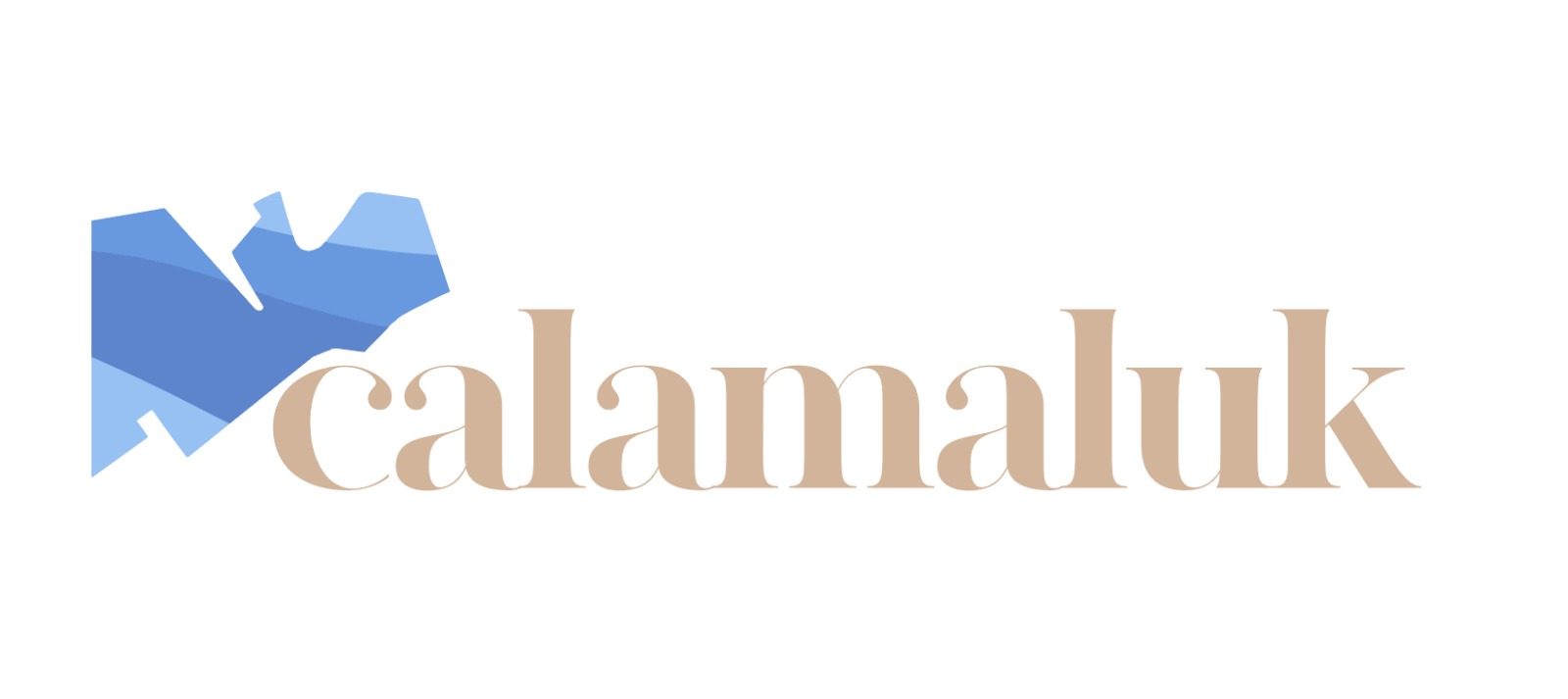Calamaluk, la casa vacanza adatta a te si trova a 2 km dalle spiagge più suggestive del luogo.
Types Of Liabilities
Content

You’ll also understand common liabilities for small businesses. Liabilities are debts or other obligations in which your business owes money, now or in the future. Continually record liabilities as you incur or pay off debts. If you don’t update your books, your report will give you an inaccurate representation of your finances. Business owners typically have a mortgage payable account if they have business property loans.
Similar to bonds payable, the notes payable account on a balance sheet indicates the face value of the promissory notes. Liabilities are one of three accounting categories recorded on a balance sheet—a financial report a company generates from its accounting software that gives a snapshot of its financial health.
In contrast, the wine supplier considers the money it is owed to be an asset. Anderson is CPA, doctor of accounting, and an accounting and finance professor who has been working in the accounting and finance industries for more than 20 years. Her expertise covers a wide range of accounting, corporate finance, taxes, lending, and personal finance areas. ScaleFactor is on a mission to remove the barriers to financial clarity that every business owner faces. Owner contributions and income result in an increase in capital, whereas withdrawals and expenses cause capital to decrease. Analysis Group brings the appropriate balance of litigation experience and technical expertise to accounting liability issues, to which we apply a broad range of analytical and investigative techniques.
Addressing Climate Change Must Begin with Verifiable Carbon Accounting – ProMarket
Addressing Climate Change Must Begin with Verifiable Carbon Accounting.
Posted: Tue, 23 Nov 2021 21:01:03 GMT [source]
You will not continue to receive KPMG subscriptions until you accept the changes. Please note that your account has not been verified – unverified account will be deleted 48 hours after initial registration. With no obligation to pay anybody just yet, no outflow of resources should be expected. The event needed for you to gain control of that cash will be when he comes in and hands it to you.
What Are The Main Types Of Liabilities?
Because accounting periods do not always line up with an expense period, many businesses incur expenses but don’t actually pay them until the next period. Accrued expenses are expenses that you’ve incurred, but not yet paid. Even if you’re not an accounting guru, you’ve likely heard of accounts payable before. Accounts payable, also called payables or AP, is all the money you owe to vendors for things like goods, materials, or supplies. With liabilities, you typically receive invoices from vendors or organizations and pay off your debts at a later date.

Unearned RevenueUnearned revenue is the advance payment received by the firm for goods or services that have yet to be delivered. In other words, it comprises the amount received for the goods delivery that will take place at a future date. Mortgage Payable – This is the liability of the owner to pay the loan for which it has been kept as security and to be payable in the next twelve months.
Ias Plus
If a firm has operating cycles that last longer than one year, current liabilities are those liabilities that must be paid during the cycle. In financial accounting, a liability is an obligation arising from past transactions or past events. The settlement of such transactions may result in the transfer or use of assets, provision of services, or benefits in the future. Current liabilities are a company’s obligations that will come due within one year of the balance sheet’s date and will require the use of a current asset or create another current liability. Current liabilities are sometimes known as short-term liabilities. Current liability accounts can vary by industry or according to various government regulations. For example, a company might have 60-day terms for money owed to their supplier, which results in requiring their customers to pay within a 30-day term.
Fitch Rates Suffolk County, NY’s $59MM GO Bonds ‘BBB+’; Outlook Revised to Positive – Fitch Ratings
Fitch Rates Suffolk County, NY’s $59MM GO Bonds ‘BBB+’; Outlook Revised to Positive.
Posted: Tue, 30 Nov 2021 22:58:00 GMT [source]
By definition, expenses are transactions that a business can pay off immediately with cash. However, a delay in payment turns an expense into a liability.
Improve Your Year End Closing By Avoiding These 5 Accounting Myths
She also writes about how businesses can grow through effective social media and email marketing strategies. This article is for small business owners who want to learn what liabilities are and see examples of common business liabilities. Interest payable makes up the amount of interest you owe to your lenders or vendors. Interest payable can include interest from bills as well as accrued interest from loans or leases.
Compensation earned but not yet paid to employees as of the balance sheet date. These are payments made by customers in advance of the completion of their orders for goods or services. These are short-term advances made by the bank to offset any account overdrafts caused by issuing checks in excess of available funding. A debit either increases an asset or decreases a liability; a credit either decreases an asset or increases a liability. According to the principle of double-entry, every financial transaction corresponds to both a debit and a credit. A dog walking business owner pays his ten dog walkers biweekly. An example of an expense would be your monthly business cell phone bill.
Type 2: Principle & Interest Payable
This article explains in-depth how to read and use a balance sheet. An online rare book seller decides to open up a bricks-and-mortar store.
- Therefore, unpaid salaries and related benefits that have not yet been paid at the close of the accounting period should be accrued.
- While both reflect money owed to an outside source, current liabilities represent money owed that is due within the next 12 months.
- Contingent LiabilitiesContingent Liabilities are the potential liabilities of the company that may arise at some future date as a result of a contingent event that is beyond the company’s control.
- Short-term obligations are loans, negotiable notes, time-bearing warrants, or leases with a duration of 12 months or less, regardless of whether they extend beyond the fiscal year.
- Your business has unearned revenue when a customer pays for goods or services in advance.
- He is the sole author of all the materials on AccountingCoach.com.
- Perhaps you drive a Ferrari, or maybe you simply ride a bicycle.
You can turn this around and say that a liability is a claim against your business from these other people or organizations. Jamie Johnson is a Kansas City-based freelance writer who writes about finance and business. Jamie has written about a variety of B2B topics like finance, business funding options and accounting.
Although some arrangements may involve revenue streams as collateral, the security for such financings is commonly the property being acquired or constructed. The government’s obligation relating to employees’ rights to receive compensation for future absences is attributable to employees’ services already rendered. A small business owner must not eliminate all liabilities. It can be one of the most important tools for building a small business, thus increases the value of the company. Liability can be used for purchasing necessary equipment or buying computer systems.
Unearned Revenue
Essentially, it means that the company “underpays” the taxes in the current period and will “overpay” the taxes at some point in the future. The primary classification of liabilities is according to their due date. The classification is critical to the company’s management of its financial obligations. Liabilities are debts and obligations of the business they represent as creditor’s claim on business assets. An asset is anything a company owns of financial value, such as revenue . A freelance social media marketer is required by her state to collect sales tax on each invoice she sends to her clients. It’s still a liability because that money needs to be sent to the state at the end of the month.
There may be both existing and potential liabilities by definition for a business to list. This includes money owed to creditors, suppliers, employees, government agencies, and others.
That’s… basic accounting. Assets minus liabilities. You said it in a more confusing way.
— J (@Reit_NotWrong) November 26, 2021
Contingent LiabilitiesContingent Liabilities are the potential liabilities of the company that may arise at some future date as a result of a contingent event that is beyond the company’s control. Long term Loans – The long term loans are the loans that are taken and to be repaid in a longer period generally more than a year.
As a business owner, it’s likely that you already have some liabilities related to your company. A liability is anything that results in debt or is a potential risk, and it is used in key ratios to determine your organization’s financial health. Your business balance sheet gives you a snapshot of your company’s finances and shows your assets, liabilities in accounting liabilities, and equity. Mortgage payable is the liability of a property owner to pay a loan. Essentially, mortgage payable is long-term financing used to purchase property. Mortgage payable is considered a long-term or noncurrent liability. Because you typically need to pay vendors quickly, accounts payable is a current liability.

A formal loan agreement that has payment terms that extend beyond a year are considered notes payable. Accounts payable liability is probably the liability with which you’re most familiar. For smaller businesses, accounts payable may be the only liability displayed on the balance sheet. But did you know that there were different types of liabilities?
Plus, high long-term liabilities can scare off investors and new creditors. An expense is the cost of operations that a company incurs to generate revenue. The major difference between expenses and liabilities is that an expense is related to your firm’s revenue. Expenses and revenue are listed on an income statement but not on a balance sheet with assets and liabilities. Types of liabilities found in the balance sheet include current liabilities, such as payables and deferred revenues, and long-term liabilities, such as bonds payable.
What Does “net Working Capital” Mean?
These accounts for an individual are referred to as the Assets. IAS 37 Provisions, Contingent Liabilities and Contingent Assets outlines the accounting for provisions , together with contingent assets and contingent liabilities . GASB Interpretation No. 6 clarifies financial reporting guidance relative to governmental funds. Because proprietary funds use an accrual basis of accounting for liability recognition, all obligations of the fund should be reflected as fund liabilities.

Liabilities represent financial obligations of an entity to transfer assets or provide services to other entities in the future as a result of past transactions or events. Additionally, the matured portion of long-term indebtedness, to the extent that it is expected to be liquidated with expendable available financial resources, should also be recorded as a fund liability. This applies to the matured portions of formal debt issues as well as to other forms of general long-term indebtedness, such as compensated absences, capital leases, and claims and judgments. The unmatured portion of the long-term indebtedness represents a general long-term liability. Analysts and creditors often use the current ratio which measures a company’s ability to pay its short-term financial debts or obligations.
- This line item is in constant flux as bonds are issued, mature, or called back by the issuer.
- Or, the receipt of a supplier invoice for a computer will generate a credit to the accounts payable account and a debit to the computer hardware asset account.
- In order to issue a company’s financial statements on a timely basis, it may require using an estimated amount for the accrued expenses.
- Non-current liabilities are due in more than one year and most often include debt repayments and deferred payments.
The amount of outstanding bonds with a maturity of over one year issued by a company. On a balance sheet, the bonds payable account indicates the face value of the company’s outstanding bonds. When a company deposits cash with a bank, the bank records a liability on its balance sheet, representing the obligation to repay the depositor, usually on demand. Simultaneously, in accordance with the double-entry principle, the bank records the cash, itself, as an asset. The company, on the other hand, upon depositing the cash with the bank, records a decrease in its cash and a corresponding increase in its bank deposits .
Liabilities are debts owed by a business to the outsiders due to previous purchases or borrowings. The liabilities will have to be settled by outflow of short or long term assets, i.e. anything that is of economic value. Current LiabilitiesCurrent Liabilities are the payables which are likely to settled within twelve months of reporting. They’re usually salaries payable, expense payable, short term loans etc. Less common non-current liabilities consist of things like deferred credits, post-employment benefits, and unamortized investment tax credits . While they may be not be as common as other types, you should not overlook them. A business’s assets may consist of buildings, machinery, equipment, patents, intellectual property, accounts receivable, and any interest owed to the business.
New guidance for lease accounting standards will soon be required for nonprofits & private companies. While earlier guidance allowed organizations to omit certain lease assets & liabilities from their balance sheet, the new guidance closes that loophole. https://t.co/DuCqeenrDs
— Dugan & Lopatka CPAs and Consultants (@duganlopatka) November 24, 2021
Businesses can use liabilities to finance operations, pay for expansions, and keep business-to-business transactions efficient. A business’ liabilities often include loans, accounts payable, mortgages, deferred revenues, bonds, warranties, and accrued expenses. While most are broken down by term length, some categories fall under current or non-current.
Author: Edward Mendlowitz

Contatti:
Link utili:
Dove siamo:
P IVA 04745360828 – Privacy Policy
Tutti i diritti riservati | 2024 Calamaluk – Case Vacanze
